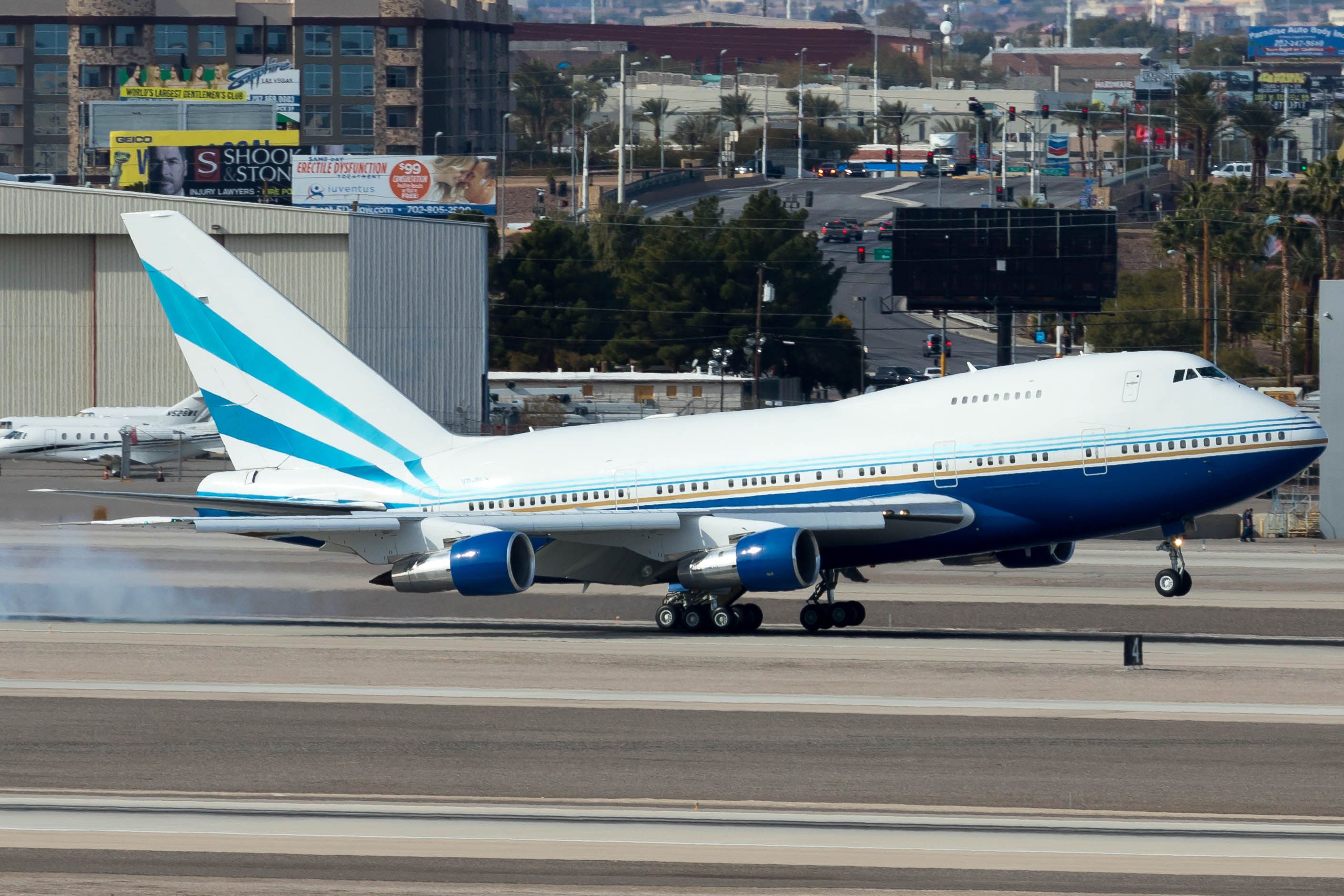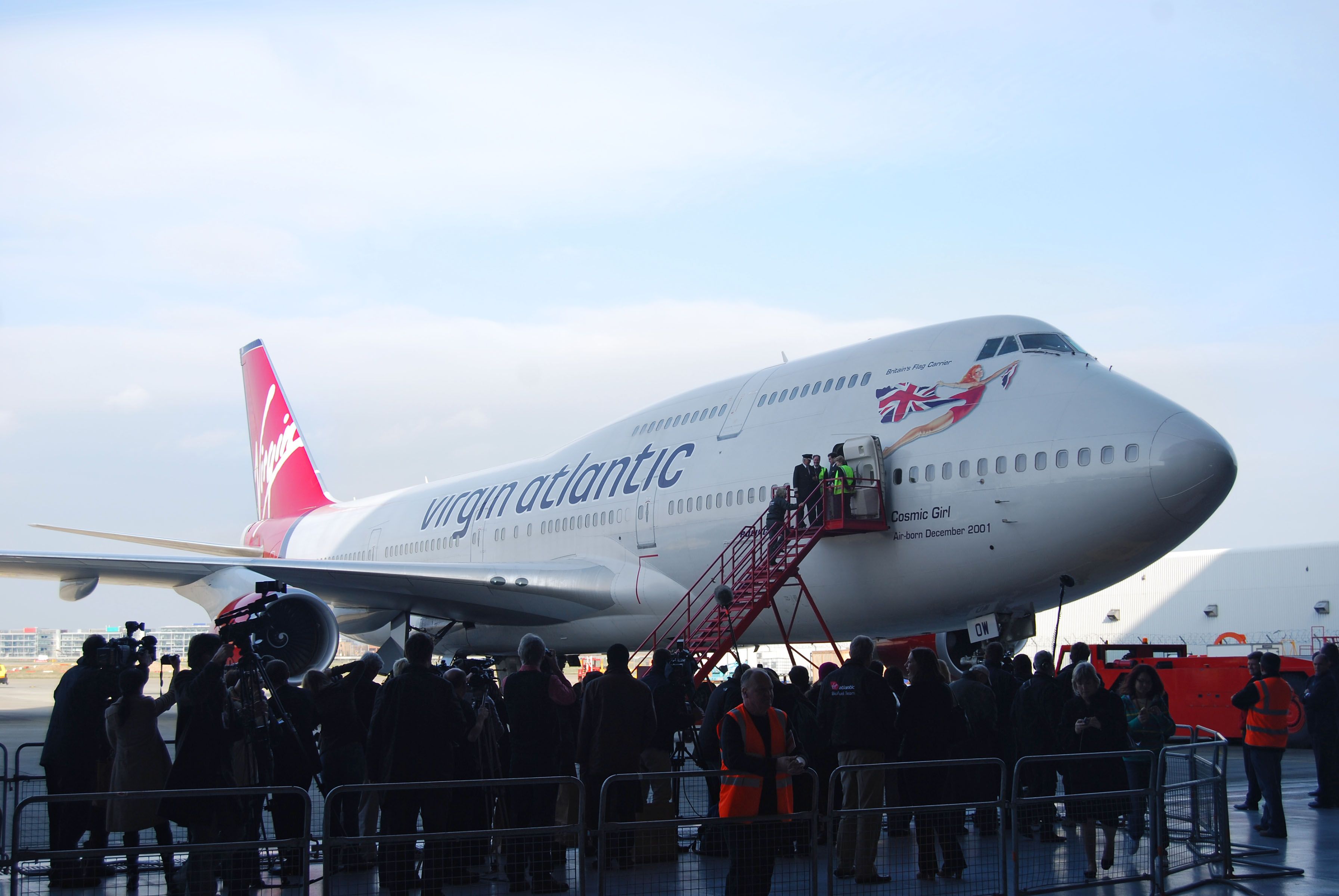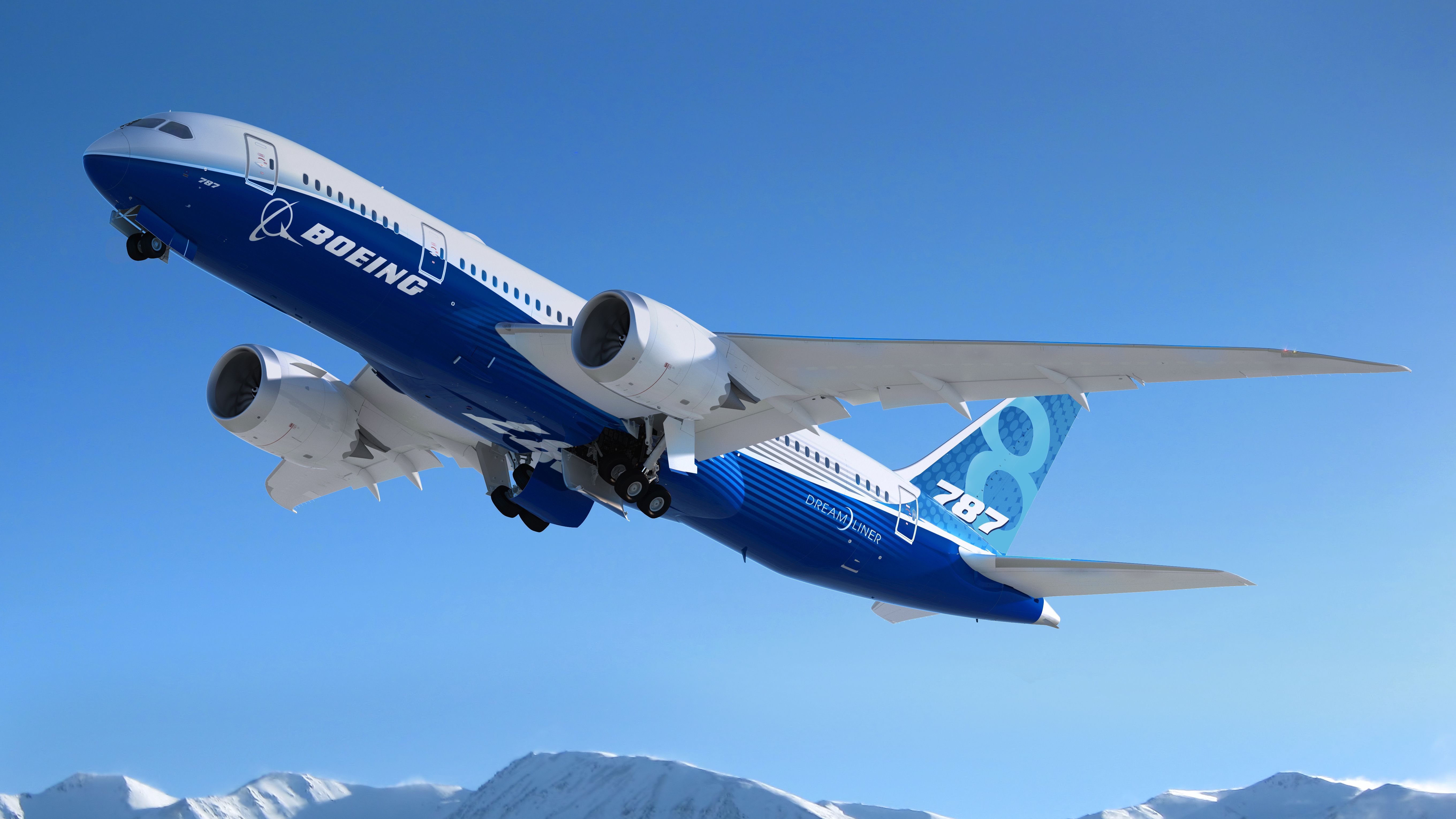Summary
- The standard variants of the Boeing 747, such as the 747-100 and 747-400, were longer and heavier than the 747SP.
- The most recent variant, the 747-8, is the largest and heaviest in the Boeing 747 family.
While the Boeing 747 is becoming a rarer sight at airports worldwide, the US manufacturer’s ‘jumbo jet’ will undoubtedly go down in aviation history as an aircraft with a legacy as huge as the plane itself. Boeing’s 747 family comprises several variants; all of them are massive, although the weights of its different models vary somewhat. Let’s examine these more closely.
Starting off small
If there’s one thing that the Boeing 747 has become known for, it is its sheer size. The aircraft was designed to be two-and-a-half times bigger than the existing 707, and its double-decker nature and wide fuselage only made the jet more imposing. However, Boeing also went out of its way to produce a shrunken version.
Known as the 747SP, with the suffix standing for ‘Special Performance,’ this short-fuselage variant was more than 14 meters smaller (in terms of length) than most of the family’s standard models. As such, its empty weight was relatively low by the 747’s standards, clocking in at 325,660 – 336,870 pounds (147.72 – 152.80 tons).
Photo: christopheronglv | Shutterstock
Meanwhile, the Boeing 747SP’s maximum takeoff weight was around twice as high, at 630,000 – 696,000 pounds (285.8 – 315.7 tons). All in all, this variant proved to be relatively niche and saw limited airline service, with just 55 examples produced. However, several remain active today, mainly in a VIP capacity.
The standard variants
While the Boeing 747SP was just 184 feet and 9 inches (56.3 meters) long, standard variants ranging from the 747-100 through to the 747-400 clocked in with a length of 231 feet and 10 inches (70.7 meters). Naturally, this meant that they ended up being relatively heavier than the aforementioned short-fuselage 747SP.
That being said, their respective weight figures did vary somewhat, much like how the use of a stretched upper deck on the 747-300 and 747-400 models resulted in differing capacity figures. Starting with the older models, the 747-100 and 747-200 had respective empty weights of 358,000 – 381,480 pounds (162.39 – 173.04 tons) and 376,170 – 388,010 pounds (170.63 – 176 tons).
Photo: Boeing
Meanwhile, the Boeing 747-300 and 747-400’s respective empty weight figures clocked in at 384,240 – 402,700 pounds (174.29 – 182.66 tons) and 394,088 – 412,300 pounds (178.755 – 187.016 tons). The latter model also had the highest figure of the standard-length 747s in terms of its maximum takeoff weight, registered as 875,000 – 910,000 pounds (396.9 – 412.8 tons).
Going large
The most recent version of the Boeing 747 is the 747-8 model, which, at 250 feet and 2 inches (76.25 meters), comfortably outranks the family’s previous variants in terms of length. The aircraft also has a slightly longer upper deck.
Correspondingly to its status as the largest commercially-produced variant from the Boeing 747 family, the 747-8 model is also the heaviest. Indeed, its operating empty and maximum takeoff weights clock in respectively at 485,300 pounds (220.1 tons) and a whopping 975,000 – 987,000 pounds (442.3 – 447.7 tons).
What do you make of the weight differences between the Boeing 747’s variants? How many have you flown on? Let us know your thoughts and experiences in the comments!
Sources: Boeing, Boeing, Flugzeug Info




